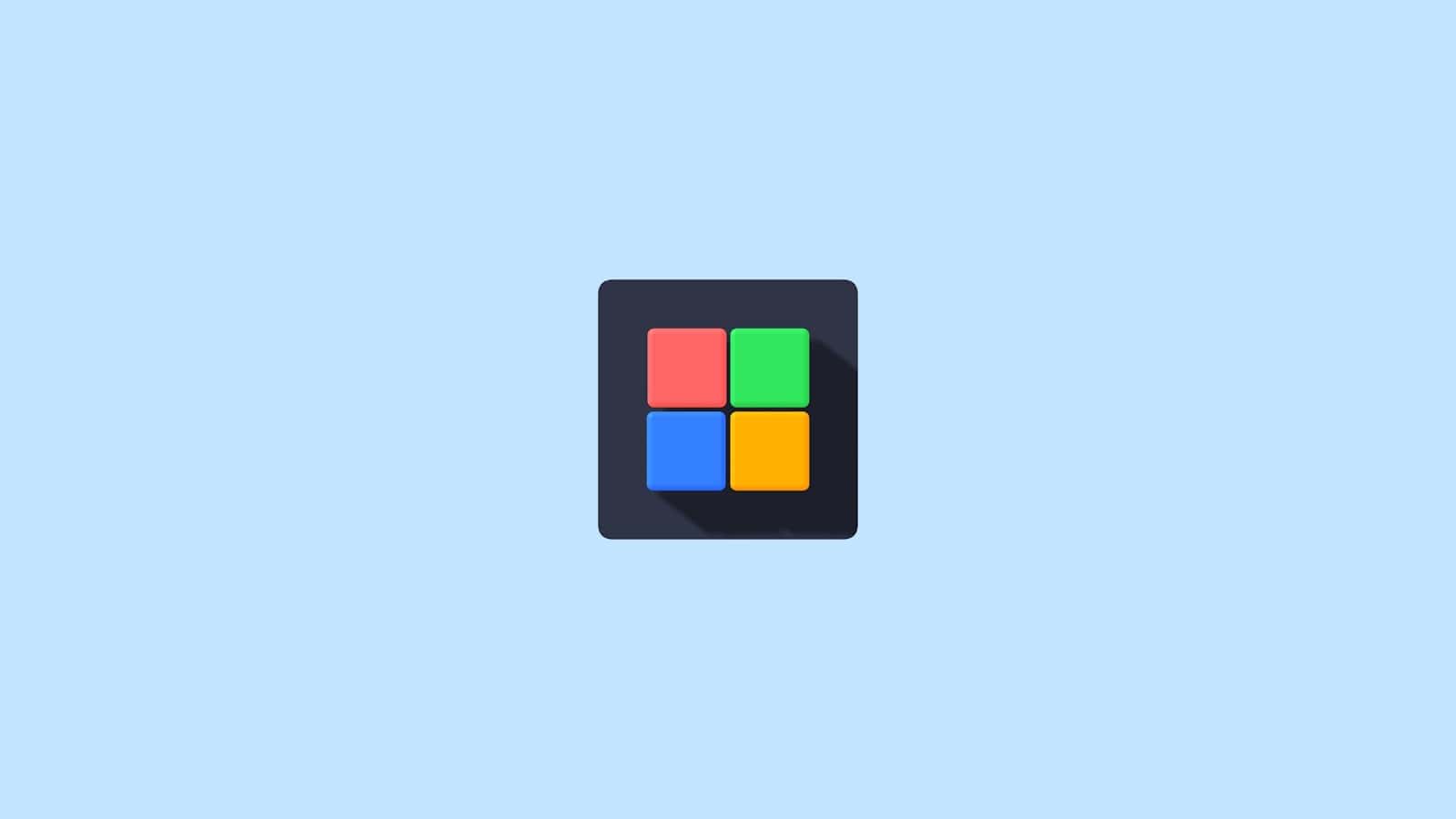The buzz surrounding Microsoft’s next operating system is growing louder. Windows 12 is rumored to launch between late 2025 and early 2026, marking a significant evolution in Microsoft’s software offerings. While the company remains tight-lipped about specifics, industry experts point to a wave of AI-driven innovations and user-centric features that could redefine personal computing.
When Is Windows 12 Coming Out?
The official release date for Windows 12 remains unconfirmed by Microsoft, but industry experts anticipate a launch between late 2025 and early 2026. This timeline aligns with Microsoft’s historical three-year release cycle for major Windows versions and coincides with Windows 10’s end-of-support date in October 2025.
Why the 2025-2026 Window?
Microsoft’s strategy appears to focus on preparing Windows systems for next-generation features through incremental updates while laying the groundwork for Windows 12. These updates ensure compatibility with new hardware and introduce core AI enhancements that will become integral to the next operating system.
Additionally, the rise of AI-powered PCs, particularly those featuring dedicated Neural Processing Units (NPUs), suggests that Windows 12 will debut alongside next-gen hardware optimized for AI workloads. Tech analysts predict that Microsoft will synchronize the release with a new wave of Copilot+ PCs, which could arrive just in time for the 2025 holiday season.
Dates to Watch
- October 14, 2025: Windows 10 support ends, likely prompting many users to upgrade.
- Q4 2025: Potential release window based on insider leaks and Microsoft’s historical patterns.
- Early 2026: A possible global rollout for all compatible devices after initial testing.
While the exact date is still up in the air, one thing is clear: Windows 12’s arrival is poised to usher in a new era of AI-powered computing. Keep an eye on Microsoft’s official announcements for the latest updates.
AI at the Core: Copilot 2.0 and Beyond
Windows 12 is expected to double down on artificial intelligence, building on the Copilot assistant introduced in Windows 11. Microsoft has already hinted at Copilot 2.0, which could feature more sophisticated natural language processing, predictive system optimizations, and deeper integration with Microsoft 365 services.
This AI-driven shift isn’t just for convenience; it’s about productivity. Imagine your PC learning your habits, automating routine tasks, and offering proactive suggestions based on your usage patterns. Such features could significantly benefit professionals juggling multiple applications daily.
Seamless Cross-Device Compatibility
One of Windows 12’s standout enhancements may lie in its interoperability with non-Windows devices. Microsoft has steadily improved compatibility with Apple ecosystems, like iPhones and iPads, through apps such as Phone Link. In Windows 12, these integrations could become even more seamless, bridging the gap between macOS and Windows environments.
This push for cross-device compatibility reflects Microsoft’s broader ambition: creating a unified digital experience across PCs, smartphones, and IoT devices.
A Revamped User Interface: Modern, Minimal, and Modular
Leaked design concepts suggest a more streamlined and intuitive interface for Windows 12. A floating taskbar, dynamic widgets, and adaptive layouts optimized for both touch and traditional inputs could define the new user experience. The modular architecture might also allow Microsoft to deliver more frequent updates without disrupting user workflows.
Enhanced Security: Built for the Future
With growing cybersecurity threats, Windows 12 is expected to adopt more advanced security protocols. Features like hardware-level encryption, secure boot processes, and enhanced TPM requirements may become standard. This focus aligns with Microsoft’s Zero Trust security model, ensuring robust protection for both personal and enterprise users.
The Road Ahead
While Windows 12 remains largely under wraps, the anticipated features paint a picture of a smarter, faster, and more interconnected operating system. If the predictions hold true, late 2025 could mark the beginning of a new era in personal computing — one where AI doesn’t just assist, but truly empowers users.
Key Takeaways
- Windows 12 will launch between late 2025 and early 2026, featuring extensive AI integration
- Microsoft releases Windows 11 24H2 update in 2024 as an interim enhancement
- The new operating system will offer improved cross-platform compatibility and modern features
Anticipated Features and Enhancements
Windows 12 plans to introduce significant upgrades across AI integration, security measures, user interface elements, and productivity tools. Microsoft aims to create a more intelligent and secure operating system that adapts to user needs.
Integration of AI Technologies
The next Windows version will expand AI capabilities throughout the system. Microsoft’s Copilot will receive enhanced features for more natural language interactions and task automation.
AI-powered tools will help users organize files, schedule meetings, and generate content directly within native Windows applications.
The system will use machine learning to optimize performance based on individual usage patterns. It will automatically adjust resource allocation and power settings for better efficiency.
New AI features will include smart file recommendations, contextual search improvements, and advanced voice commands for system control.
Advancements in Security
Microsoft plans to strengthen Windows 12’s security infrastructure with new protective measures. Enhanced Secure Boot technology will provide better defense against firmware-level attacks.
Real-time threat detection powered by AI will monitor system activities for suspicious behavior. The system will automatically isolate potential threats before they can cause damage.
Built-in security features will include:
- Advanced encryption for personal files
- Improved password-less authentication
- Smart app permissions management
- Enhanced malware protection
User Interface and Experience
The interface will feature a modernized design with improved customization options. Users can expect a more flexible taskbar with new widget integration.
Live wallpapers will respond to system events and time of day. The Start menu will adapt to user preferences and commonly used applications.
New gesture controls will enhance navigation on touch-enabled devices. Microsoft has redesigned system animations for smoother transitions between tasks.
Syncing and Productivity
Microsoft 365 integration will become more seamless in Windows 12. Files and settings will sync instantly across devices using improved cloud technology.
New collaboration tools will allow real-time document sharing and editing directly from the File Explorer. Teams integration will expand to system-level features for better communication.
Smart workspace management will help users organize multiple projects efficiently. The system will remember app layouts and window positions for different tasks or work modes.
System Compatibility and Hardware Requirements
Microsoft plans stricter hardware requirements for Windows 12 to support advanced AI features and improved security measures. The new operating system focuses on optimized performance through specialized hardware.
Minimum System Requirements
A 64-bit processor with at least 4 cores and a base clock speed of 2.5GHz will be essential. The CPU must support specific security features like TPM 2.0 and Secure Boot.
RAM requirements increase to 16GB minimum, doubling Windows 11’s requirement. This change supports AI-powered features and enhanced multitasking capabilities.
Storage needs include a 256GB SSD, marking the end of HDD-only configurations for primary drives. NVMe drives are recommended for optimal performance.
Graphics cards must support DirectX 12 Ultimate and have at least 4GB VRAM. Intel Arc, NVIDIA RTX 20-series, or AMD RDNA 2 GPUs meet these requirements.
Enhanced Performance on Newer Hardware
Copilot+ PCs represent a new hardware category optimized for Windows 12. These systems include Neural Processing Units (NPUs) for accelerated AI tasks.
Premium features activate automatically on systems with 32GB RAM and dedicated AI acceleration. This includes enhanced real-time translation and advanced photo editing capabilities.
Manufacturers like Razer, Philips, and Elgato are developing specialized peripherals to leverage Windows 12’s new capabilities. These devices support features like gesture control and spatial audio processing.
The operating system scales performance based on available hardware. Systems exceeding minimum specifications unlock additional AI-powered productivity tools and graphics enhancements.
Frequently Asked Questions
Microsoft’s next major Windows release sparks questions about hardware requirements, feature updates, upgrade paths, beta testing, and official announcements.
What are the system requirements for Windows 12?
Microsoft has not released official system requirements for Windows 12. The requirements will likely exceed those of Windows 11, with potential emphasis on AI capabilities and enhanced security features.
Experts predict Windows 12 may require TPM 2.0, Secure Boot capability, and a newer generation processor to support AI functions.
What new features will be included in Windows 12?
AI integration will be a central focus of Windows 12, building upon the AI features introduced in Windows 11.
The interface may include more personalized experiences and enhanced productivity tools powered by artificial intelligence.
Security improvements and better cloud integration are expected to be key components of the new operating system.
Will existing Windows users be able to upgrade to Windows 12 for free?
Microsoft has not announced pricing details for Windows 12. Past upgrade policies suggest some Windows 11 users might receive a free upgrade path.
The upgrade eligibility will depend on device compatibility and system requirements.
How can I access the Windows 12 beta version for testing?
No beta testing program exists for Windows 12 yet. Microsoft typically releases preview builds through the Windows Insider Program.
Users interested in testing early versions should join the Windows Insider Program to prepare for future releases.
Have there been any official announcements regarding Windows 12’s release date?
Microsoft has not made official announcements about Windows 12. Recent statements indicate 2025 will focus on Windows 11 improvements.
Industry analysts project a release window between late 2025 and early 2026.
Can information about Windows 12 be found through official leaks?
No verified official leaks about Windows 12 exist. Current information comes from industry speculation and unofficial sources.
Microsoft maintains strict control over Windows development information before official announcements.







